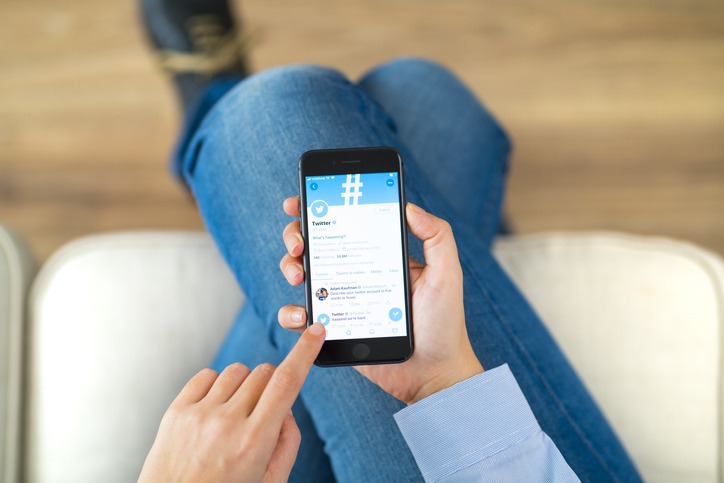3 tips for building relationships with journalists on Twitter
The social media site is a treasure trove of opportunity for media relations pros.

Of all the social media platforms, Twitter may not seem like the immediate choice for relationship building—especially since it can feel like shouting into the void. Yet, when used correctly, Twitter can be a powerful tool for connecting authentically with journalists.
Earlier this year we were lucky enough to have several PR pros share their strategies for building relationships on Twitter at one of our free events. Their advice boiled down to two words: Be human.
1. Show your commitment.
If you are interested in eventually connecting with or pitching a media contact, the first thing you should do is follow them. It’s a sign that you want to see their activity, that you care about what they produce, and that you are there to do more than just sell them on your brand or client.
Brands can’t build relationships with people, so make sure to use your personal account when you follow and engage. This way, too, when they see your name pop up in their inbox later and recognize it from Twitter, they’ll be more likely to read the email (so long as you’ve followed the next two tips).
2. Leave thoughtful comments.
Likes are an easy but relatively pointless way of showing interest and agreement. They don’t make you stand out. They don’t add anything to the conversation.
And they don’t get reviewed the same way responses do.
If you want to start building name recognition you must respond—and do so in an authentic manner. Responding to a tweet is not the time to pitch—so, delete the phrases “Now that I have your attention…” or “Since you’re reading this…” Only leave thoughtful responses that add to the conversation, provide a new perspective, or perhaps expand on a particular insight you found meaningful (which has the added bonus of proving you’ve read and understood what they shared).
Likes will go unnoticed, but a human response to a tweet is far more likely to get you some attention. It may not be an instantaneous relationship, but it is the first step. You’ll know you’ve made an impact when the journalist follows you back (which is where the magic lies as you’ll then be able to DM them).
3. Say “thank you” with a share.
We have it on good authority (from several journalists) that your media contacts want you to share the coverage you get. Not only is it one of the simplest ways of saying thank you, but by sharing and tagging the relevant reporter and outlet, you are directing your followers towards them and driving traffic to their website. If you are diligent about sharing coverage, journalists may even think of coming back to you for future stories.
You do, however, have to be fast on the sharing, which is where media monitoring comes in to play. Make sure you have your keywords set up to include brand, spokesperson and industry mentions—and that you get automatic email alerts, so you can post right away.
Now, using your personal account to establish a relationship is proper, but when it comes to sharing your coverage, using your personal and your brand account. By sharing on your personal account, you’re building name recognition. By sharing on your brand account, you’re getting some third-party content—which builds credibility and authority in your industry.
Combining these tips with the tools available on Twitter and as part of your media monitoring service, like lists and alerts, will help you build authentic relationships with journalists efficiently and effectively.
Joy Knowles is a marketing content strategist with Agility PR Solutions.






